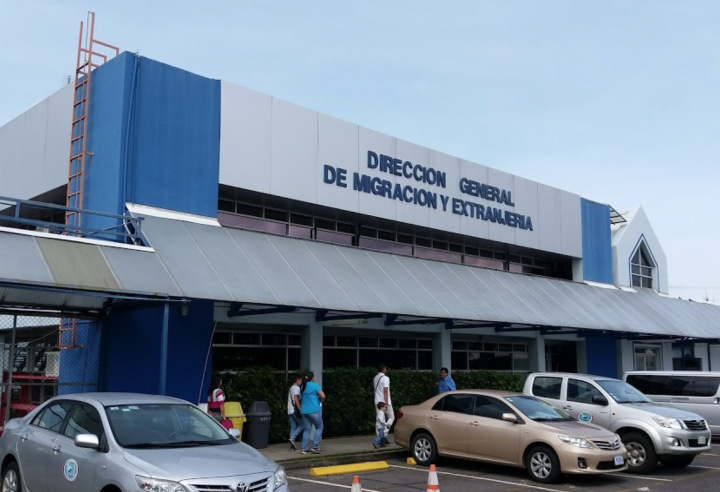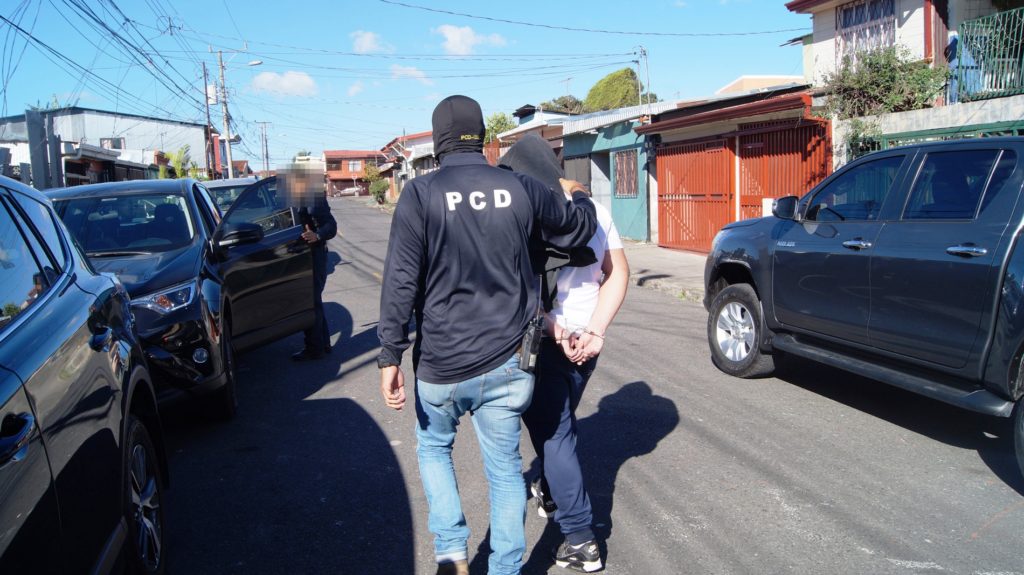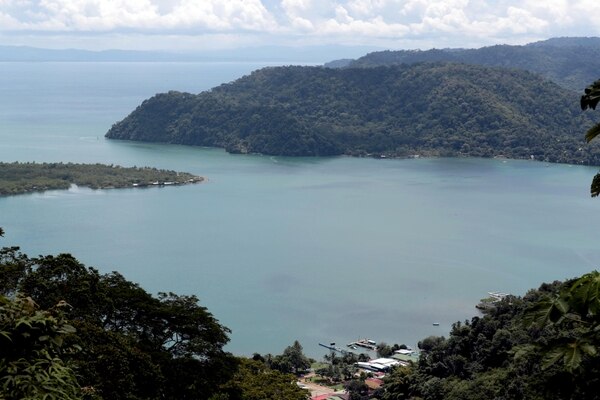
After ten years of permanent Costa Rica residency (as well as marriage to a tica), this year I decided to become a citizen. I figured since I’ll be buried here, I might as well have the right to vote!
Granted, becoming a naturalized citizen is a bit different than getting a residency. Naturalization is a process that involves the TSE, or the Tribunal Supremo de Elecciones, as opposed to the Costa Rica immigration office.
Nevertheless, it is similar in the respect of needing to obtain a U.S. police record. The process of obtaining one of those that can be used for immigration or naturalization purposes in Costa Rica has long been a source of great frustration and confusion for expats.
These days, for purposes of Costa Rica residency or naturalization, they are asking for a national (or FBI) record, as opposed to one from your State of residence. I obtained mine earlier this year using the Outlier Legal Service in San Jose. I thought that was the best way, without having to actually make a trip to the U.S. Their service was good and I have no complaints, except for the fact that it’s damn expensive. To obtain the record, with the apostille affixed by the State Department, cost me $400. Then I had to pay another $100, or so, for the translation. So, all in all, I was out around $500 just to get this record.
I could have used Outlier for my birth certificate as well, but decided to use a cheaper channel. The problem for me came that by the time I submitted the documents, the police record was about 3 months and 10 days old. They told me at the TSE office that everything was fine. However, a few months later I received an email asking me to submit a new police record, since the one initially submitted had expired. And they only gave me a month to do it!
I immediately called Outlier to see what they could do for me. They offered me $100 off on doing the process all over again, to receive the exact same document, since not enough time has passed for me to get into the type of trouble that would add anything to it!
I decided to try another route and that is the real purpose for this post…
I need to tell you that I used to be a lawyer in another life. And I have a former law school classmate who’d served a stint as a U.S. Attorney. I thought to myself, surely he can help me. He’s now in private practice. I contacted him and he put me in touch with a private investigator he thought could help me. The P.I. simply sent me a link with instructions on how to get the record directly from the FBI.
I printed out the necessary forms from that link. I got an appointment with the police department here in Perez Zeledon for my fingerprints, using the official FBI form that I’d printed out. With that I sent the entire package by DHL to the FBI. They also had a form I could use to pay with a credit card. The charge was $18.
One thing I wasn’t sure about was getting the apostille affixed. That’s the only way the document would be legal for Costa Rica residency, or in my case, naturalization. The instructions from the link, which mind you are from the State Department, stated that if you are using the record for something like naturalization (i.e. for use by someone living out of country), and you made the request directly to the FBI, the State Department would affix the apostille, no extra charge. At least that was the way I read them. I asked the P.I. and he thought the same.
So, I included a cover letter stating the purposes of the request, along with a copy of my Costa Rica residency card. So far, I’m out a little less than $60 for the $18 FBI charge for the record, along with the $40 I paid to send it DHL.
I tracked the package and it did indeed make its way to the FBI headquarters in West Virginia. I waited patiently to see if they actually charged my card for the fee and they did! I sort of take it on faith that the charging of the card is a good sign.
I maintain a service here in Perez Zeledon with Aeropost. That gives me, for free, access to a P.O. Box in Miami. Once a letter or package reaches my Miami address, they immediately send it DHL to Costa Rica. So, I put that Miami address on the FBI form. I’m still waiting to get it back. The cost of the return trip will be another $40, more or less.
So, if all goes well I should shortly have my new record. I’ll have to get it translated again. I will certainly ask the girl in San Jose who did it the first time to cut me a break, since she can basically just use the former translation with a few edits.
I’ll be out around $100 total for obtaining the new record (not including translation cost). That’s a heck of a lot better than paying Outlier $300, or $400 less the $100 discount they offered. I just wish I’d known I could do it this way, relatively pain-free, the first go-round
I’ve seen numerous comments posted about obtaining a police record for Costa Rica residency on various Facebook groups. Some say you have to make the trip back to the States to get it done. Others highly recommend the Outlier service. Well, I thought I’d share my experience to let you know of a potentially much cheaper way.
Oh, and by the way, the TSE did give me an extension to re-submit the document, since there was no way in hell that could ever happen within the month they originally gave me.
Oh, and another by the way, the expiration of documents submitted to the TSE is different than for those submitted to Immigration for Costa Rica residency. With the TSE it’s only 3 months, whereas it seems that it’s 6 months when dealing with immigration. That was a source of great confusion when I initially submitted and the reason everyone was saying that I was fine.
I wasn’t, but hopefully will be shortly!
Stay tuned…

